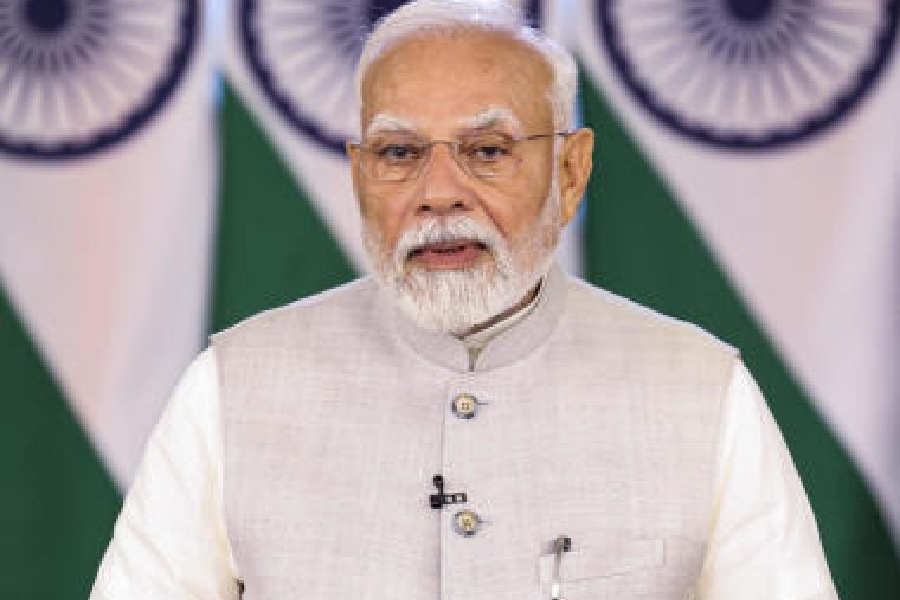The draft of the Indian Financial Code, made public for comments, proposes to take away the veto power in monetary policy decisions from the governor of the Reserve Bank of India. Currently, the RBI enjoys substantial autonomy and has helped the Indian economy withstand external shocks quite well. Removing the veto power means that the proposed seven-member monetary policy committee will take decisions on a majority basis, where four members will be from the government's side. In crunch situations, the government's stand will obviously prevail. Monetary policy should be left to the central bank, as in most market economies of the world. In the recent past, there have been frequent signals from the finance ministry showing displeasure at the RBI's decisions not to cut interest rates.
There are two distinct but interrelated issues involved in this difference of opinions. The first is about the independence of a central bank in the conduct of monetary policy, such as setting interest rates, ensuring adequate liquidity, supervising commercial banks and controlling inflation. The second issue that follows from the first relates to the choice of the primary objective of monetary policy. For instance, given its independence, the chosen primary objective could be to target inflation and not economic growth. A central bank could argue that economic growth should be left to market forces, and if any stabilization were to be needed, the fiscal authority could well use budgetary strategies to bring about the desired stimulus.
Over the last decade or so, especially during the tenure of Raghuram Rajan, the RBI has chosen to shift to inflation-targeting as the primary objective of monetary policy. The government, on the other hand, not being able to stimulate growth, has found a scapegoat in the RBI for not cutting rates sufficiently and frequently enough. This division of labour between fiscal and monetary authority is not merely an issue of principle. The actual experience of real economies, as revealed through a large volume of empirical studies, speaks overwhelmingly in favour of the central bank's independence. The more independent central banks, especially the ones that have chosen inflation-targeting as a primary objective, have been able to keep average inflation rates low and price-level movements less volatile. On the other hand, central-bank independence is neither correlated with the volatility or level of unemployment, nor with the growth and volatility of a nation's GDP. If the autonomy of the RBI is reduced, it will bode ill for the health of the Indian economy. It is something that the Narendra Modi government must never even think of doing.











